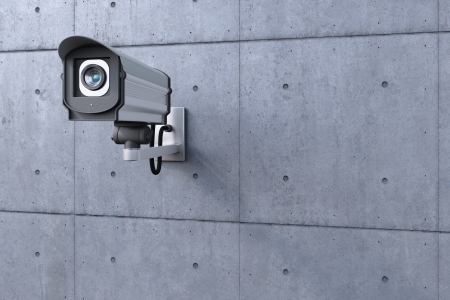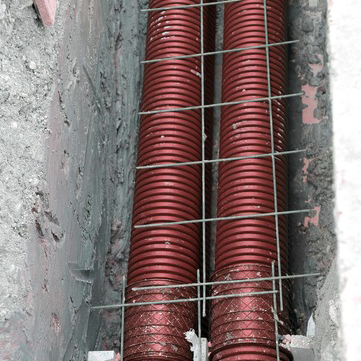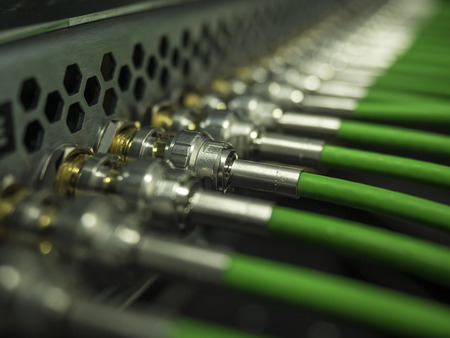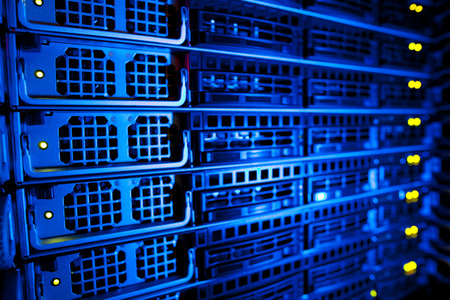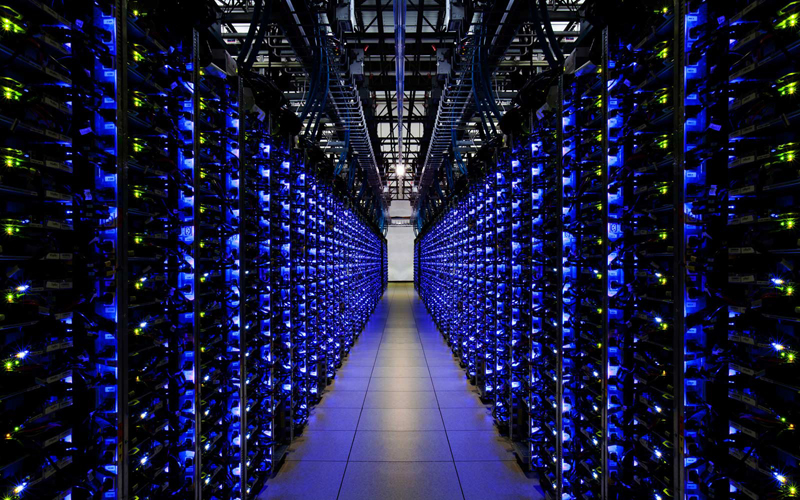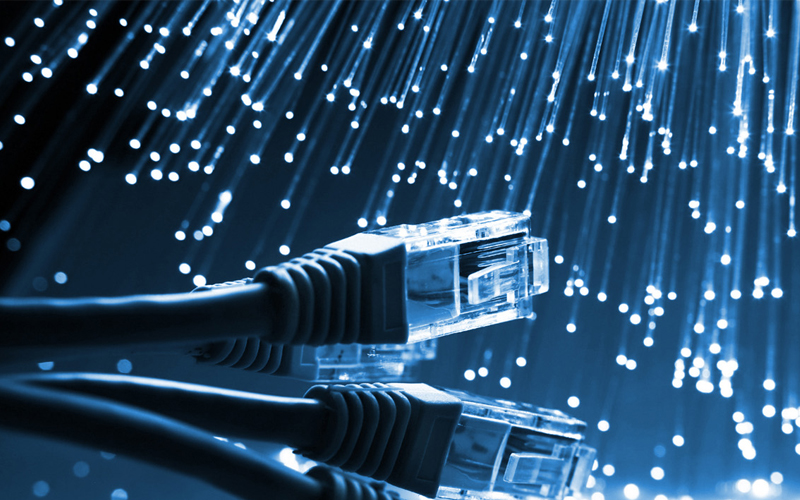Fiber optics—it’s fast, reliable, and one of the best ways to support your internet connection. Every picture you download and every Facebook post you upload is dependent upon this series of cables. But do you know much about it? Here we go through some quick facts about what fiber optics is, how it works, and more.
It has a long history
People have been drawing glass into fibers all the way back since Ancient Rome, but it wasn’t until the 1790s (with the invention of the optical telegraph) that it was used for communication. By the 1880s, Alexander Graham Bell invented an optical telephone system (called a photophone), eventually leading to the invention of fiber cabling in the 1950s.
They’re environmentally friendly
By using fiber optic cables, you’re ultimately using less energy, which in turn means lower emissions and greenhouse gases. This is because the amount of energy it takes to send a flash of light through a fiber optic cable is significantly less that the amount of energy required to send an electrical signal through copper cables.
Fiber optic cables are remarkably thin
Copper and other forms of metal wiring have their limits—namely, they can only be drawn so thin before they break. Fiber optics, however, can be made much thinner and smaller than other forms of metal wiring. It’s also lightweight, making it easier and cheaper to work with.
But it’s not fragile
Just because it’s thin and made of glass doesn’t mean it’ll break. In fact, fiber optic cables can withstand up to 200 pounds of pulling tension as opposed to Category rated Ethernet cables that can only withstand 25 pounds.
Want to learn more about how fiber optics can help your business achieve better results? Then give Pro Links Communication a call at 615-236-0051 today!

